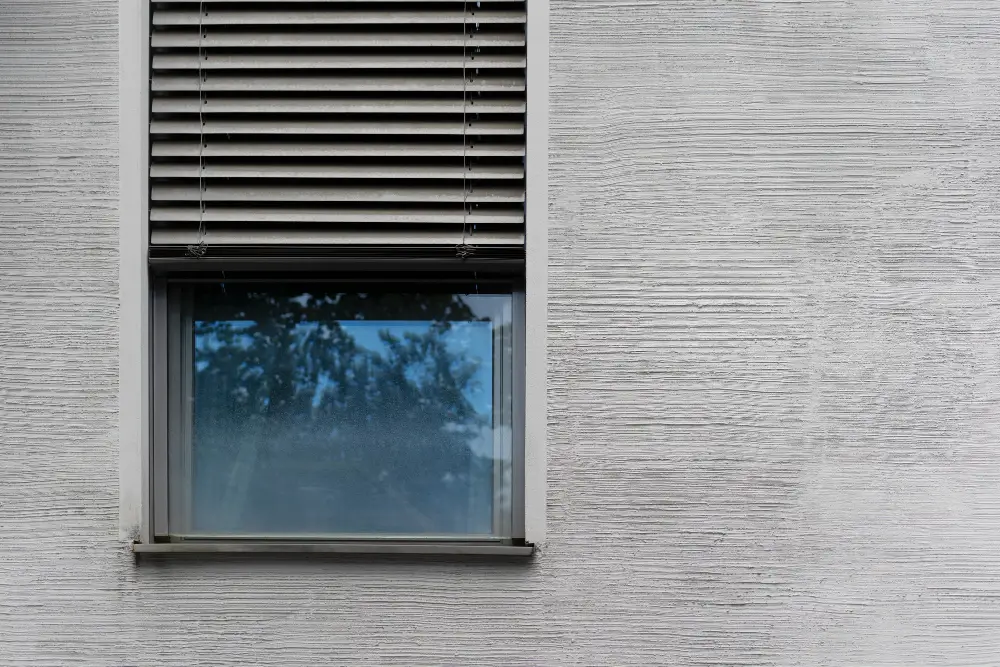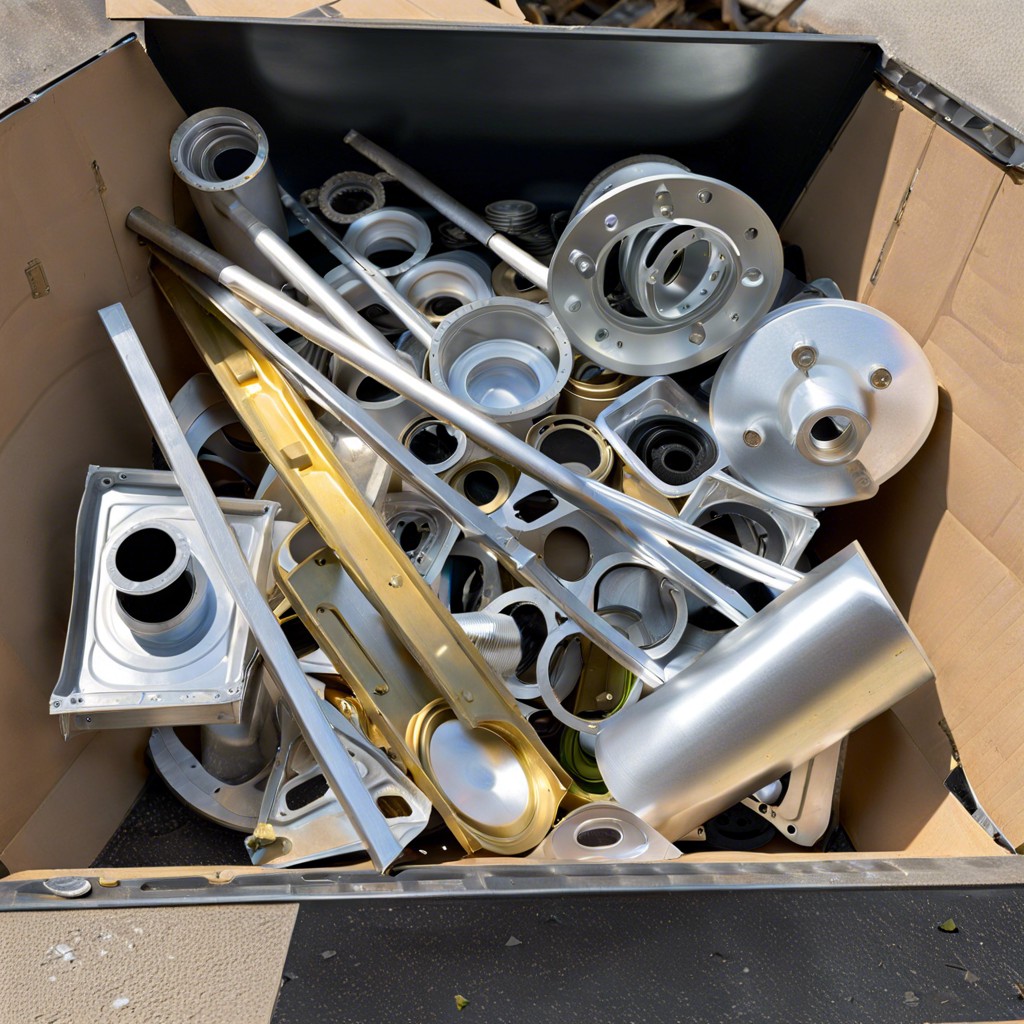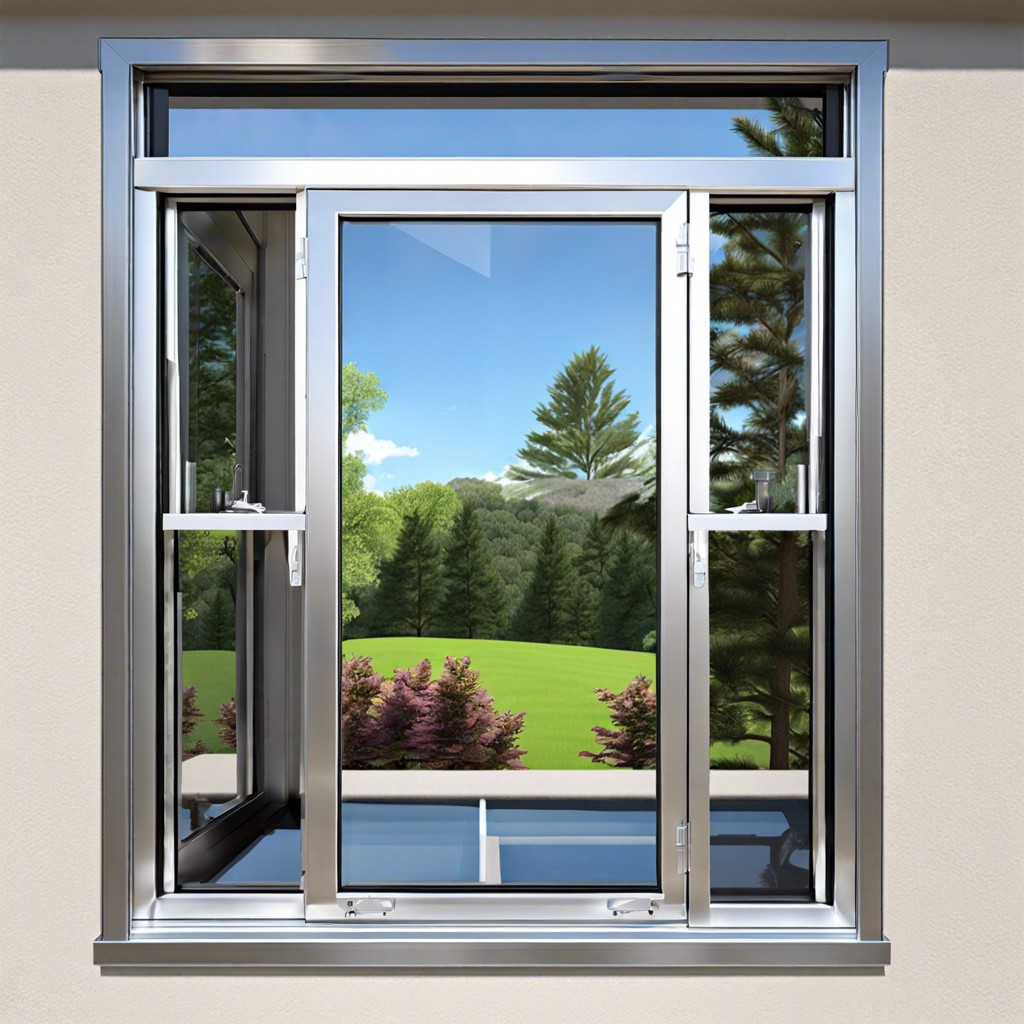The tranquillity of a home often hinges on its ability to shield its inhabitants from the noisy world outside. One effective way to enhance this peaceful environment is by installing acoustic glass windows. These specialised windows not only elevate your home’s serenity but also add a modern touch to its aesthetics.
In this guide, we’ll navigate the steps involved in fitting acoustic glass windows, transforming your living space into a haven of quietude and comfort.
Understanding Acoustic Glass

Acoustic glass windows represent a technological advancement in home comfort, designed to provide an enhanced barrier against external noise. At their core, these windows are not just ordinary glass panes. They are a composite structure, typically comprising two or more sheets of glass bonded together with one or several layers of a sound-dampening interlayer.
This interlayer is the key to their noise-reducing capabilities. It absorbs and dissipates sound waves, significantly diminishing the amount of noise that passes through the window.
The thickness of the glass and the interlayer can vary, allowing for different levels of sound insulation. The effectiveness of acoustic glass windows is measured in decibels (dB), with higher ratings indicating greater sound reduction.
- Composite Structure: A combination of multiple glass sheets and sound-dampening interlayers.
- Sound Reduction: The interlayer absorbs sound, reducing noise transmission.
- Customization: Variability in thickness for tailored sound insulation levels.
- Measurement: Effectiveness quantified in decibel reduction.
Choosing the Right Windows

Selecting the right soundproof glass involves a careful balance of functional needs and aesthetic preferences. The first step is to determine the level of sound insulation required. This is typically influenced by your location – for instance, homes near busy streets or airports require higher sound insulation. The style of your home also plays a significant role.
Acoustic glass windows come in various designs, from traditional to contemporary, ensuring they complement your home’s architectural style. Furthermore, the dimensions of the existing window frames must be accurately measured.
A mismatch in size can lead to improper installation, undermining the windows’ soundproofing effectiveness. Professional advice is often invaluable in this stage, providing guidance on the best type of glass for your specific situation.
- Insulation Needs: Assess the required level of soundproofing based on location.
- Aesthetic Compatibility: Choose a style that matches your home’s architecture.
- Accurate Measurements: Ensure dimensions align with existing window frames.
- Professional Consultation: Seek expert advice for optimal selection.
Preparing for Installation

Pre-installation preparation is crucial for a seamless transition to your new acoustic glass windows. The first step is to clear the area around your existing windows. This involves removing any furniture, curtains, or decorative items that could obstruct the removal and installation process.
The next step is to take precise measurements of your window openings. Accuracy here is paramount, as even minor discrepancies can lead to significant issues during installation. It’s also important to inspect the condition of the existing window frames.
Any damage or wear could affect the fit and performance of the new windows. Preparing these aspects in advance ensures that the installation process is smooth, efficient, and free from unexpected hurdles.
- Clear the Area: Remove obstructions around the window spaces.
- Precise Measurements: Accurately measure the window openings.
- Frame Inspection: Check existing frames for any damage or wear.
- Smooth Installation: Preparation leads to an efficient installation process.
The Installation Process

The actual installation of acoustic glass windows is a task that often requires professional expertise due to its complexity. The process begins with the careful removal of the old windows.
This step must be done delicately to avoid damage to the existing frames and surrounding wall structures. Once removed, the window frames are thoroughly cleaned and prepared for the new installation.
The acoustic glass windows are then carefully positioned into the frame. Precise alignment is crucial to ensure the windows fit perfectly and operate smoothly. After positioning, the windows are securely fixed into the frame using appropriate fixings and sealants.
This not only ensures a firm installation but also aids in the soundproofing by eliminating gaps. The final step is a thorough inspection and testing of the windows to confirm their integrity and sound insulation performance.
- Professional Removal: Careful extraction of old windows to protect frames and walls.
- Frame Preparation: Cleaning and preparing the frame for new windows.
- Precise Alignment: Ensuring the windows are correctly positioned for optimal performance.
- Secure Fixing: Using appropriate materials for a firm and effective installation.
- Inspection and Testing: Verifying the soundproofing efficiency and operational integrity.
Aftercare and Maintenance
Maintaining your acoustic glass windows is crucial to sustain their performance and appearance. Regular cleaning is important; use a soft, non-abrasive cloth and a mild detergent to avoid scratching or damaging the glass. It’s also advisable to inspect the seals and fastenings periodically.
Over time, these can become worn or loose, which may affect the soundproofing capabilities of the windows. If any issues are noticed, it’s best to address them promptly to maintain the integrity of the sound insulation.
In addition to these practical aspects, it’s worth considering the long-term benefits of your soundproof glass. These windows not only enhance your living comfort by reducing noise but also contribute to the energy efficiency of your home by providing better insulation. As a result, they can offer savings on heating and cooling costs, alongside the primary benefit of noise reduction.
- Regular Cleaning: Use gentle methods to maintain clarity and prevent damage.
- Inspect Seals and Fastenings: Check regularly for wear or loosening.
- Prompt Repairs: Address any issues immediately to retain soundproofing quality.
- Long-Term Benefits: Enjoy reduced noise, improved insulation, and potential energy savings.
The Takeaway
Installing acoustic glass windows in your home is a forward-thinking decision that combines style with functionality. Not only do they offer a respite from the clamour of the external environment, but they also enhance the overall comfort and value of your property. By following these steps, you’re well on your way to creating a more serene and peaceful home environment.
Recap




